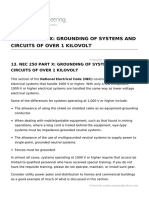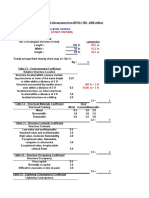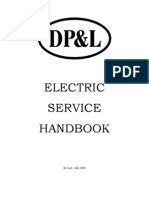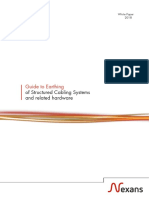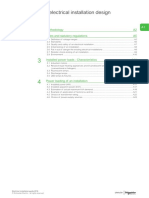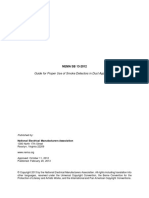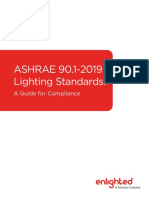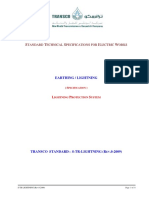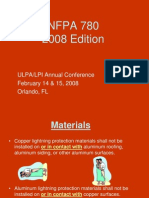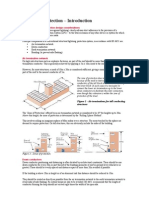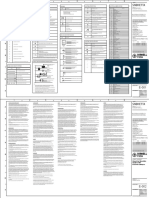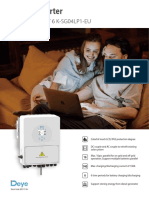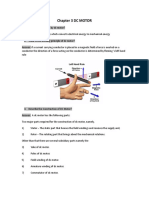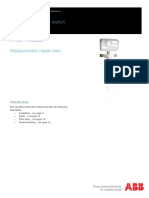100% found this document useful (3 votes)
592 views46 pagesLightning Protection System Design PDF
Uploaded by
hportezCopyright
© © All Rights Reserved
We take content rights seriously. If you suspect this is your content, claim it here.
Available Formats
Download as PDF, TXT or read online on Scribd
100% found this document useful (3 votes)
592 views46 pagesLightning Protection System Design PDF
Uploaded by
hportezCopyright
© © All Rights Reserved
We take content rights seriously. If you suspect this is your content, claim it here.
Available Formats
Download as PDF, TXT or read online on Scribd
/ 46


